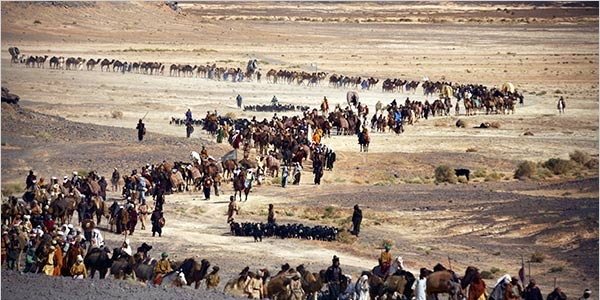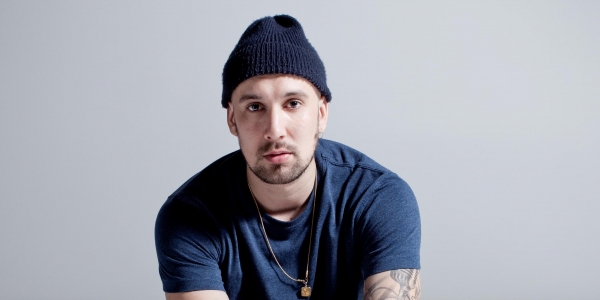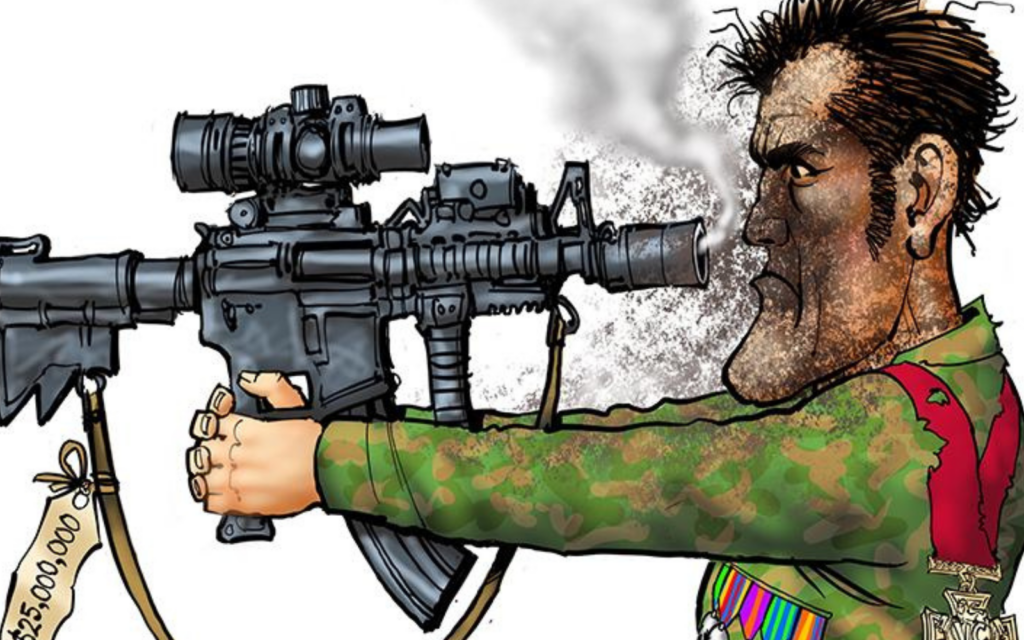The film has been beautifully shot by veteran documentary cinematographer Matthew Williams (Beyond The Horizon, etc) and the harsh and inhospitable landscapes add a deeper sense of danger to the journey. The landscape is reminiscent of the old fashioned westerns that John Ford shot in Utah’s Monument Valley. There is one scene where Battutah is chased and attacked by bandits that makes good use of the hilly terrain. Because of the religious significance of the imposing black Kaaba stone of Mecca, the filmmakers had to train Muslim cameramen to use the IMAX cameras.
The film is dedicated to the film’s star, Moroccan-born dancer, actor and choreographer Chems-Eddine Zinoune, who died in a car accident shortly after completing his role here as Battutah. Ben Kingsley’s silky smooth tones provide the voice over narration, which is largely drawn from Battutah’s writing.
Veteran documentary filmmaker Bruce Neibaur (Beyond The Horizon, etc) has worked with the IMAX format before on the wildly successful short documentary Mysteries Of Egypt, featuring Omar Sharif. Neibaur has brought authenticity to the material by shooting the film on location in the desert, using a multilingual cast, and thousands of extras. Neibaur has used several consultants and advisers, and scholars to further ensure accuracy and authenticity.
It is the duty of every Muslim to travel to Mecca at least once in their lifetime. The film looks at the importance of the pilgrimage to Mecca to Muslims, and offers some insights and understanding of its place in the Arab world. Some of the information revealed throughout the course may prove eye opening to nom-Muslims and non-religious audiences. The film draws a parallel between the ancient travellers who came to Mecca by boat and beasts (camels, horses, etc) and the modern pilgrim who arrives by boat, busses or even aeroplanes.







